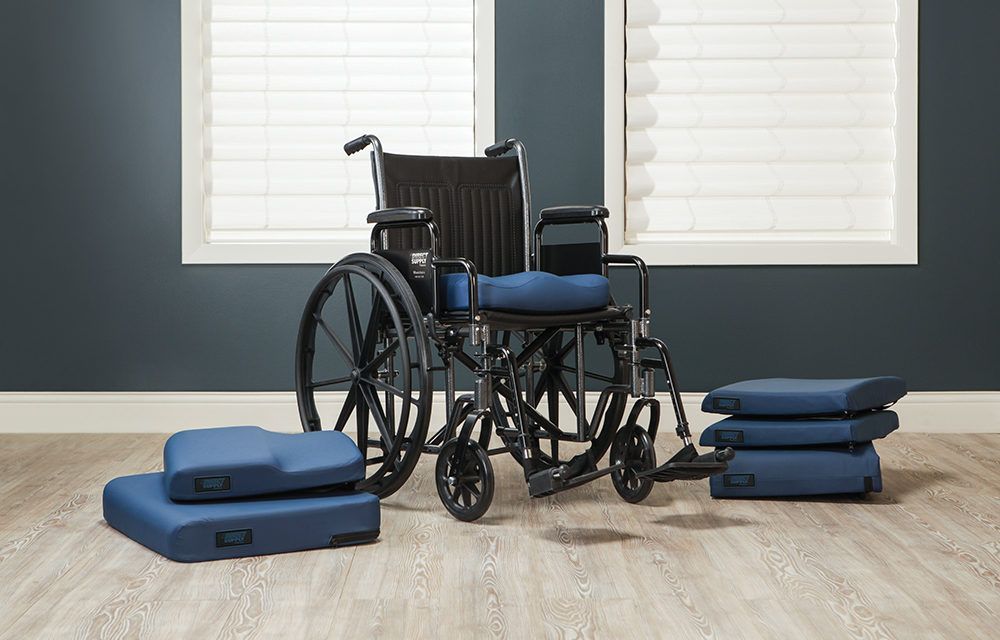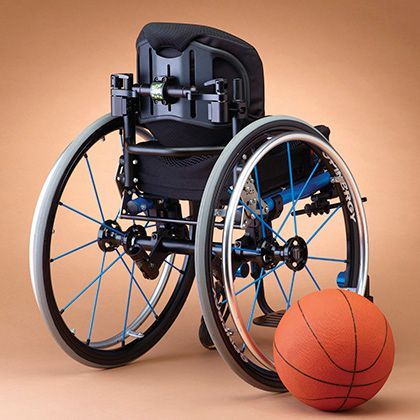When it comes to enhancing mobility and independence, both power wheelchairs and mobility scooters are excellent solutions. However, they’re designed for different needs and lifestyles. Whether you’re considering your first mobility aid or thinking of upgrading, understanding the differences between these two devices can help you make a confident and informed decision.
At Universal Health Products, we help people every day find the equipment that best supports their health, comfort, and daily living needs. In this guide, we’ll break down the key differences, benefits, and considerations of power wheelchairs and mobility scooters so you can determine which one is right for you or your loved one.

1. Purpose and Design
The most noticeable difference between a power wheelchair and a mobility scooter lies in how they’re built and what they’re designed to do.
Power Wheelchairs:
- Built for individuals who require all-day mobility support
- Controlled via a joystick on the armrest
- Compact design suitable for tight indoor spaces
- Highly customizable (seating, controls, support accessories)
Mobility Scooters:
- Ideal for those with some mobility who need occasional assistance
- Operated with handlebars (tiller-style steering)
- Generally larger turning radius than wheelchairs
- Commonly used for outdoor travel, shopping, errands
2. Indoor vs. Outdoor Use
While both devices can be used indoors and outdoors, one may be better suited to your primary environment.
- Power wheelchairs excel indoors due to their precise control and tighter turning radius. They're great for maneuvering through hallways, doorways, and small rooms.
- Mobility scooters perform well outdoors, particularly for longer distances and open areas like shopping centers or parks.
If your mobility needs include frequent indoor movement at home, a power wheelchair may be more appropriate. If you’re looking for something to support outdoor errands or social outings, a scooter may be ideal.
3. Comfort and Customization
Comfort is crucial, especially if you’ll be spending several hours each day in your device.
- Power wheelchairs offer more customization options, such as reclining backs, elevating leg rests, pressure-relief cushions, and adjustable headrests. They are designed for long-term use and medical necessity.
- Mobility scooters have standard seating, typically with a padded swivel seat and armrests. While comfortable for short trips, they may lack the postural support needed for extended daily use.
4. Portability and Storage
If you plan on traveling with your mobility aid, portability is key.
- Many mobility scooters are designed to be disassembled for transport and can fit in the trunk of a car. Some models are lightweight and built for travel.
- Power wheelchairs, especially high-support models, are heavier and may require a lift or specialized vehicle for transport.
If you live an active lifestyle and need to frequently transport your device, a scooter may offer more flexibility.
5. Battery Life and Range
Depending on the model, both devices offer reliable power, but there are some differences:
- Mobility scooters typically have longer battery ranges, especially heavy-duty models. They’re ideal for users who want to travel longer distances on a single charge.
- Power wheelchairs may have shorter battery range but are more efficient for indoor or close-proximity use.
If your travel demands are mostly within your home or neighborhood, either option can work. For longer, frequent travel, a scooter may be better suited.
6. Cost and Funding Options
Costs can vary widely depending on model, features, and medical necessity.
- Power wheelchairs are typically more expensive but may qualify for ADP funding in Ontario, especially if prescribed for medical use. Universal Health Products can help guide you through this process.
- Mobility scooters are often more affordable but are not always covered by ADP unless specific criteria are met.
We recommend discussing your mobility needs with your doctor or occupational therapist, especially if you plan to apply for funding.
7. Aesthetics and Lifestyle Fit
While function is critical, many users also care about how their mobility device fits into their lifestyle.
- Mobility scooters often have a sleek, recreational look and are available in vibrant colors and styles. They feel more like a personal vehicle.
- Power wheelchairs have a more clinical appearance but offer superior mobility and adaptability.
It’s worth considering how comfortable you feel using your device in public, and what level of functionality your lifestyle demands.
Conclusion: Which One is Right for You?
If you require all-day mobility support, especially indoors, and need advanced comfort features or postural support, a power wheelchair may be the better option.
If you’re more mobile and need assistance mainly for outdoor errands or longer distances, a mobility scooter might be the perfect fit.
Either way, Universal Health Products is here to help you make a confident, informed decision.
Visit Us for Expert Advice
Still not sure which mobility device is right for you? Come visit our showroom at 635 Tecumseh Road West, Windsor, Ontario N8X 1H4 to explore your options, test out different models, and speak to one of our experienced staff.
You can also give us a call at (519) 258-6717 or explore our product selection online at www.universalhealthproducts.ca.
Let us help you find the perfect balance between mobility, comfort, and independence!










